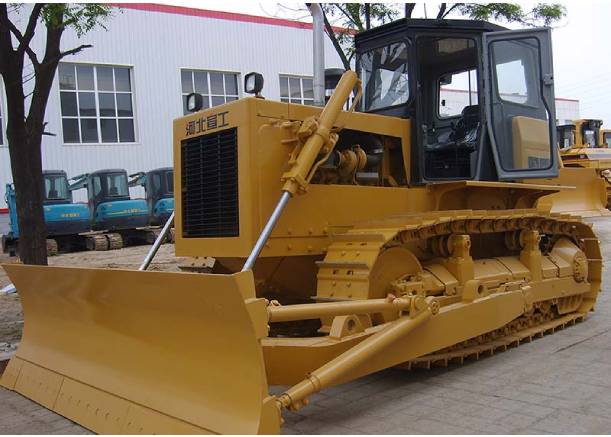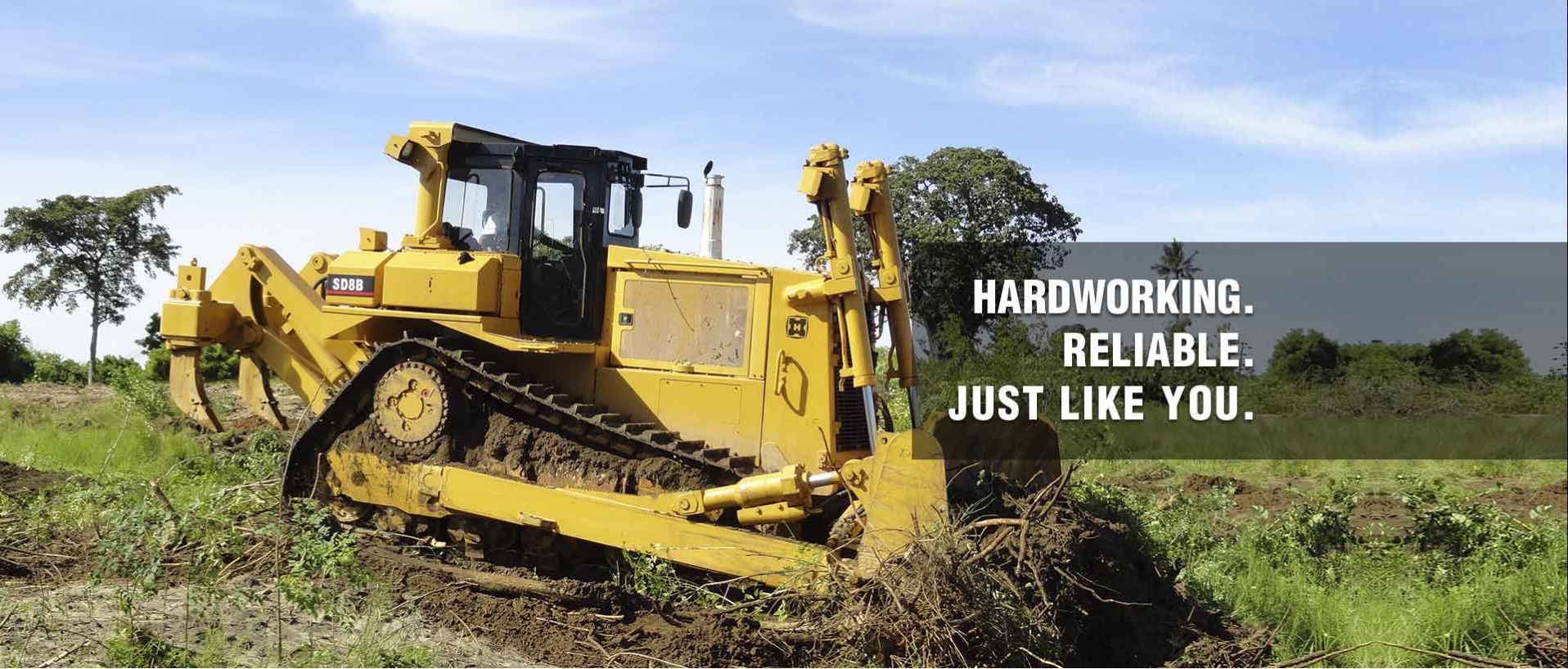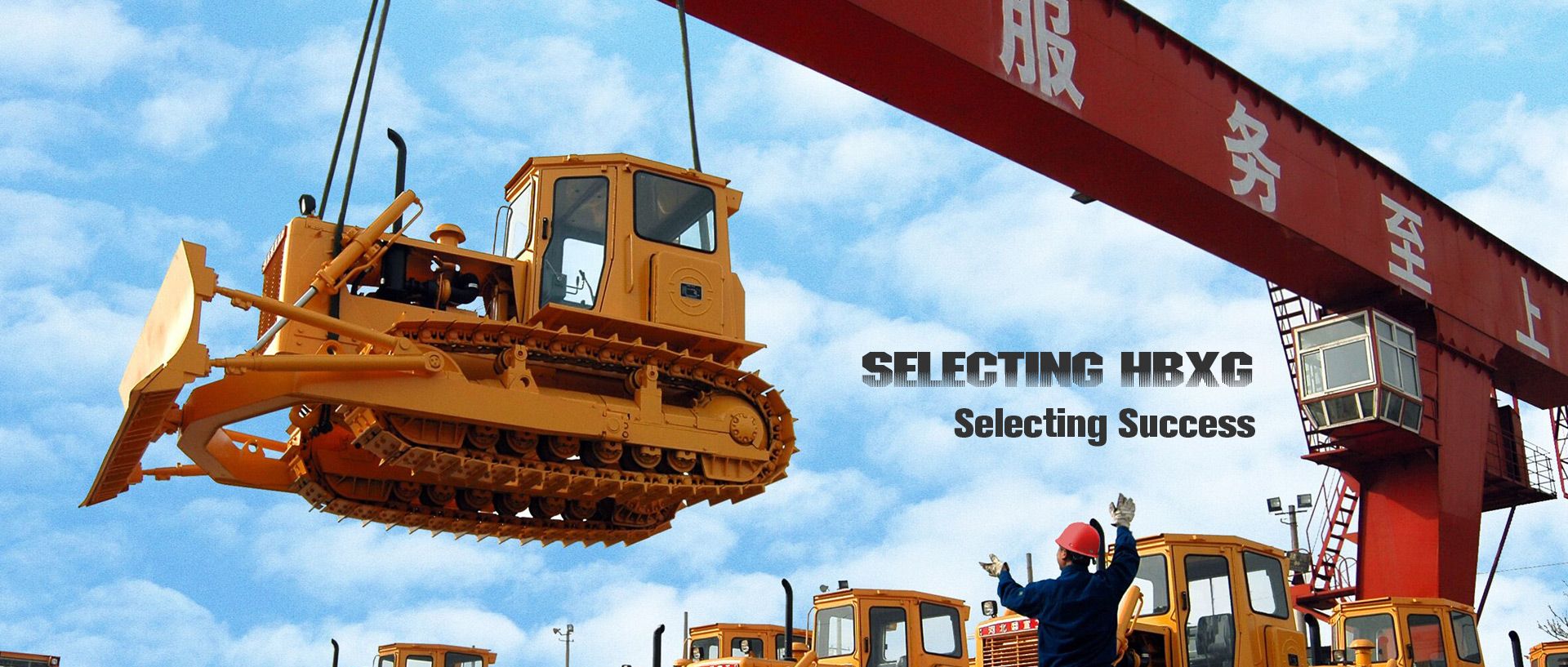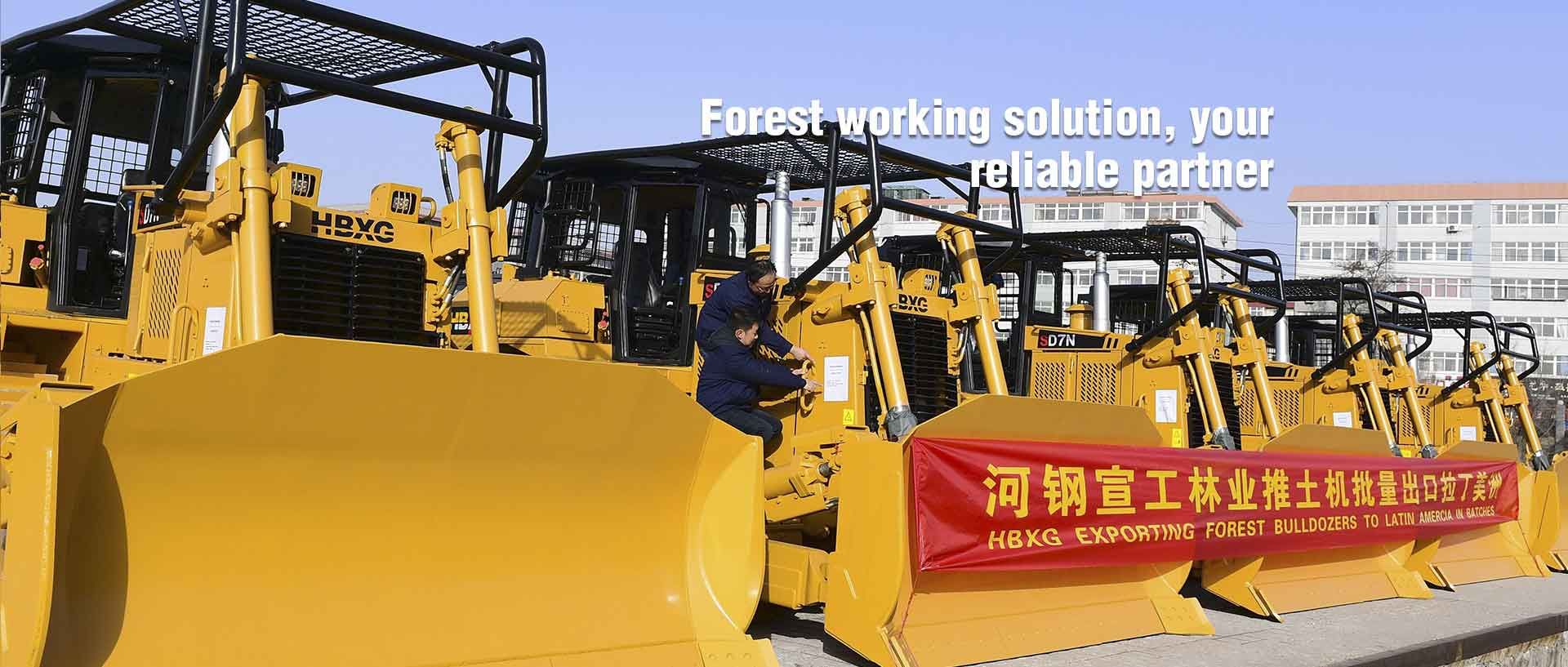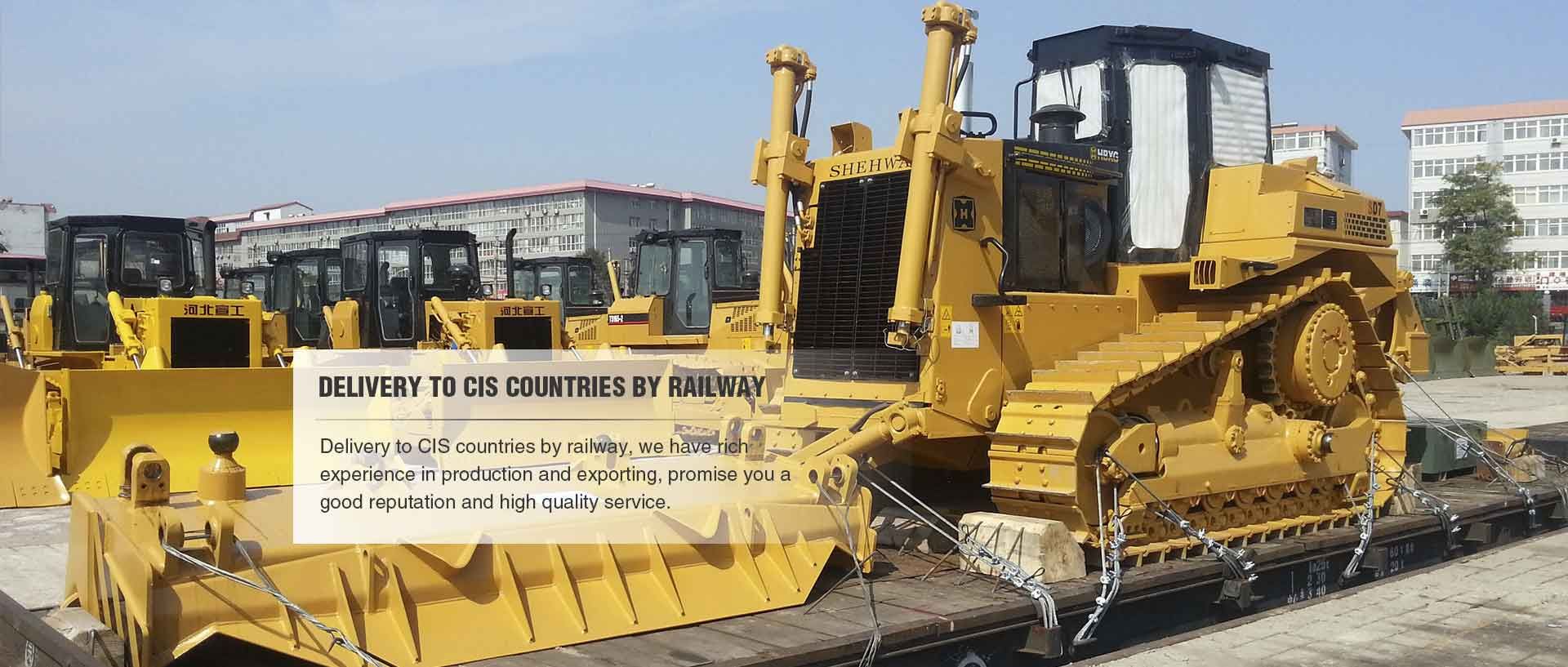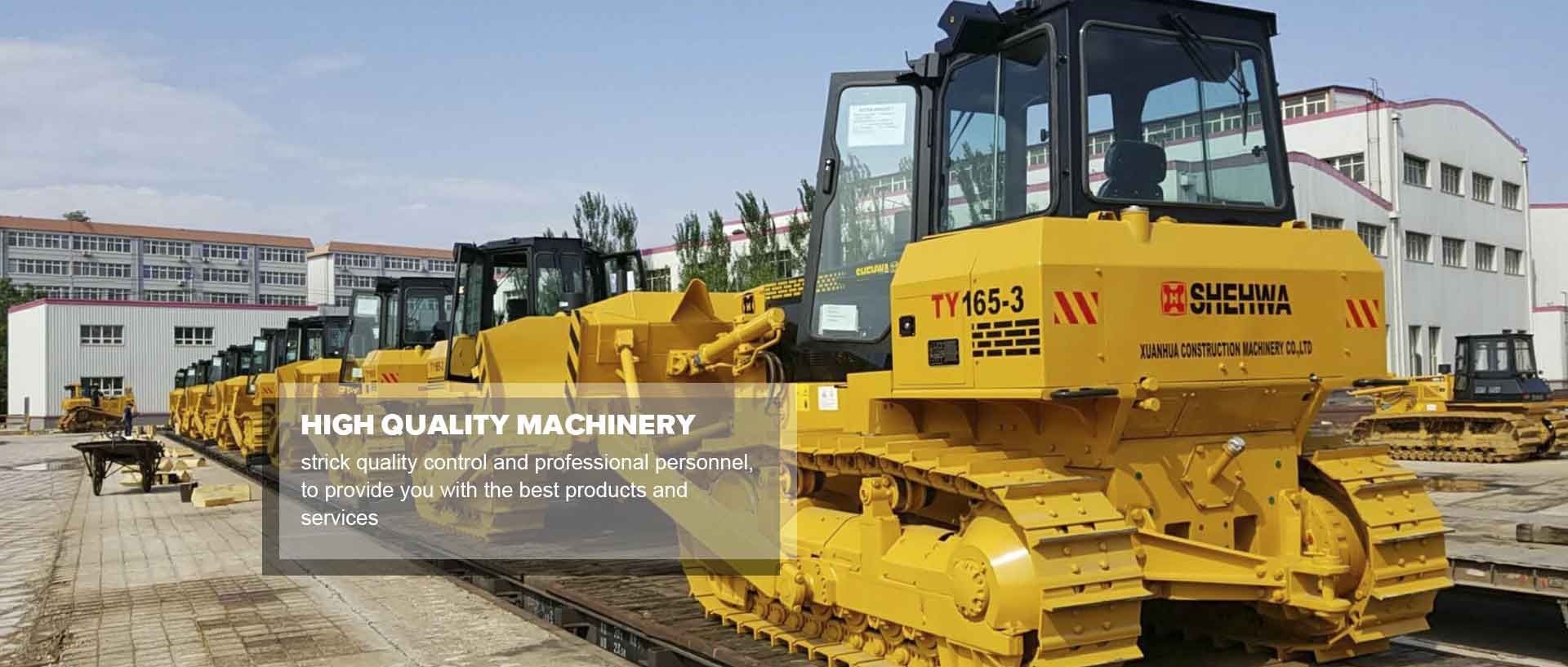Safety protection measures for excavator operation
 Jul. 29, 2020
Jul. 29, 2020
The excavator is transferred to the site and transported by flatbed trailer. When you need to transfer by yourself under special circumstances, the counterweight must be removed, and the boom and bucket slewing mechanism should be in the braking position and secured with insurance. As a Dozer Manufacturer, we will discuss the Maintains.
1. The excavator is transferred to the site and transported by flatbed
trailer. When you need to transfer by yourself under special circumstances, the
counterweight must be removed, and the boom and bucket slewing mechanism should
be in the braking position and secured with insurance. Check and lubricate the
walking mechanism every 500~1000m.
2. The excavator's walking and operating sites should be padded with sleepers or pads if the ground is soft. The swamp area must first be treated with roadbed or replaced with special track shoes.
3. It is strictly forbidden to excavate unblasted rocks or frozen soil above grade 5.
4. Except for loose soil, when the excavator is shoveling forward, its working surface should not exceed the maximum excavation height and depth specified by the performance of the machine. During operation, the excavator track should maintain a safe distance of at least 1~1.5m from the edge of the working surface.
5. Before starting, check the working device, walking mechanism, various safety protection devices, hydraulic transmission parts and electrical devices, etc., and confirm that they are complete and intact before starting.
6. There should be no pedestrians and obstacles in the operation area. Before digging, make a sound signal and test dig several times. After confirming that it is normal, the operation can be started.
7. During operation, the excavator should maintain a horizontal position, brake the walking mechanism, and wedge the track tightly.
8. When encountering larger hard rocks or obstacles, they must be removed before excavation. Do not use a bucket to break rocks, frozen soil or hard bite with single-sided bucket teeth.
9. Protective measures should be taken when digging cliffs. Umbrella edges and loose boulders are not allowed on the working face. If there is a risk of collapse, deal with it immediately or evacuate the excavator to a safe area.
10. When working, you must stand by and stop before digging. When the bucket is not leaving the working surface, it is not allowed to swing and walk. When swing braking, the swing brake should be used, and the steering clutch should not be used for reverse braking.
11. When loading the car, the bucket should be lowered as far as possible and not to collide with any part of the car. Do not load the car until the car has not stopped or the bucket must pass over the cab and the driver has not left.
12. During operation, the bucket must not be raised or lowered too sharply. Do not hit the frame or track when descending.
13. When working or walking, it is strictly forbidden to approach overhead transmission lines, and the safety distance between machinery and overhead transmission lines should comply with relevant regulations.
14. When the operator leaves the cab, regardless of the length of time, the bucket must be dropped to the ground.
15. When walking, the driving wheel should be behind, the boom is parallel to the crawler, and the slewing mechanism is braked. The bucket is about 1m away from the ground. The up and down slopes shall not exceed the maximum allowable slope of the machine. Drive downhill at a slow speed, and it is strictly forbidden to shift and slide in neutral on the slope.
If you want to buy the High-Quality Excavator, welcome to contact our Crawler Dozer China Manufacturer.
